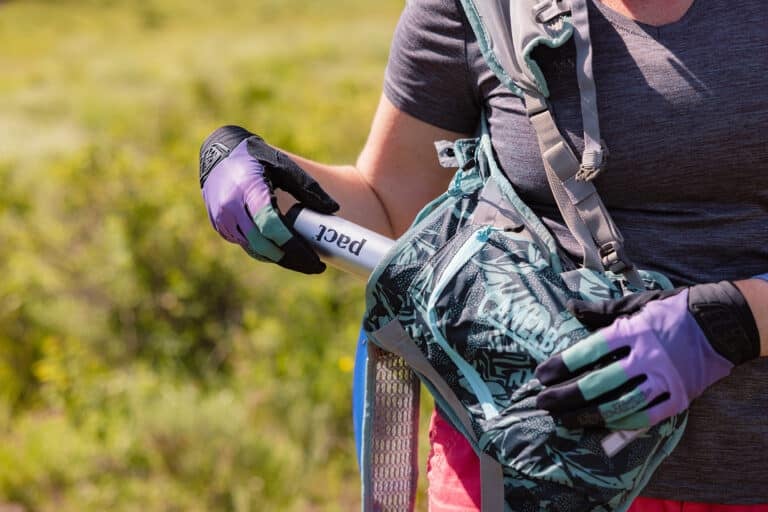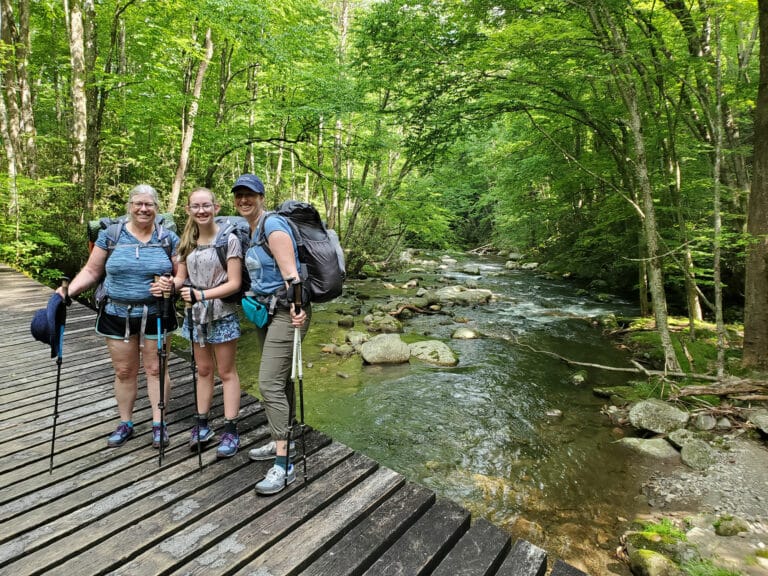Three-year-old missing in NC forest said a bear kept him safe
Casey Hathaway, a North Carolina three-year-old who went missing from his grandmother’s yard, has been found alive after spending two nights in the forest in freezing temperatures. The wind and rain became so bad while Casey was missing that authorities urged volunteers to stay home, and Casey was not dressed for the weather.
But when rescuers, who searched the area with helicopters, drones, K-9 units, and divers, heard a crying baby, they found Casey tangled in thorny bushes, cold and wet but otherwise healthy. The boy told rescuers, and later his family, that a friendly bear kept him safe during his ordeal. Bear experts say the story is likely a figment of the boy’s imagination. Regardless, the child escaped with a few scratches, asking rescuers for some water and his mother.
Here’s how much exercise you need to make it to age 90
A new study in the Journal of Epidemiology & Community Health has identified how much exercise men and women need to have the best shot at living to the age of 90. Researchers from the Netherlands studied data collected from 7,807 people born between 1916 and 1917. The participants completed a lifestyle survey between the ages of 68 and 70 and then researches followed them until they died or hit their 90th birthdays, leaving 5,479 people.
The study found that men who completed 90 minutes of physical activity a day were 39 percent more likely to reach 90 than their peers who exercised for less than 30 minutes per day. Each additional 30 minutes of exercise was associated with a 5 percent increase in turning 90. Women who exercised 30 to 60 minutes each day improved their chances of reaching 90 by 21 percent. Moving more than 60 minutes each day did not have a significant impact on longevity in women. In the U.S., the average life expectancy in men is 76 and 81 in women.
Seeds were just sprouted on the moon for the first time ever
This month, cotton seeds on China’s Chang’e-4 lander became the first plants to ever germinate on the moon. The seeds are part of a biosphere experiment to help prepare for future human settlement on the moon. Photos sent to earth showed the cotton seeds sprouting on January 7. Less than a week later, however, the sprouts had died thanks to freezing lunar nighttime temperatures that reached -62 degrees Fahrenheit.
The seeds were kept in a sealed growing chamber and will not contaminate the lunar surface. The experiment also included oilseed rape, potato, Arabidopsis seeds, as well as yeast and fruit flies. If humans are to ever settle on the moon, growing plants will be essential to survival, and scientists say the experiment was a great success.








